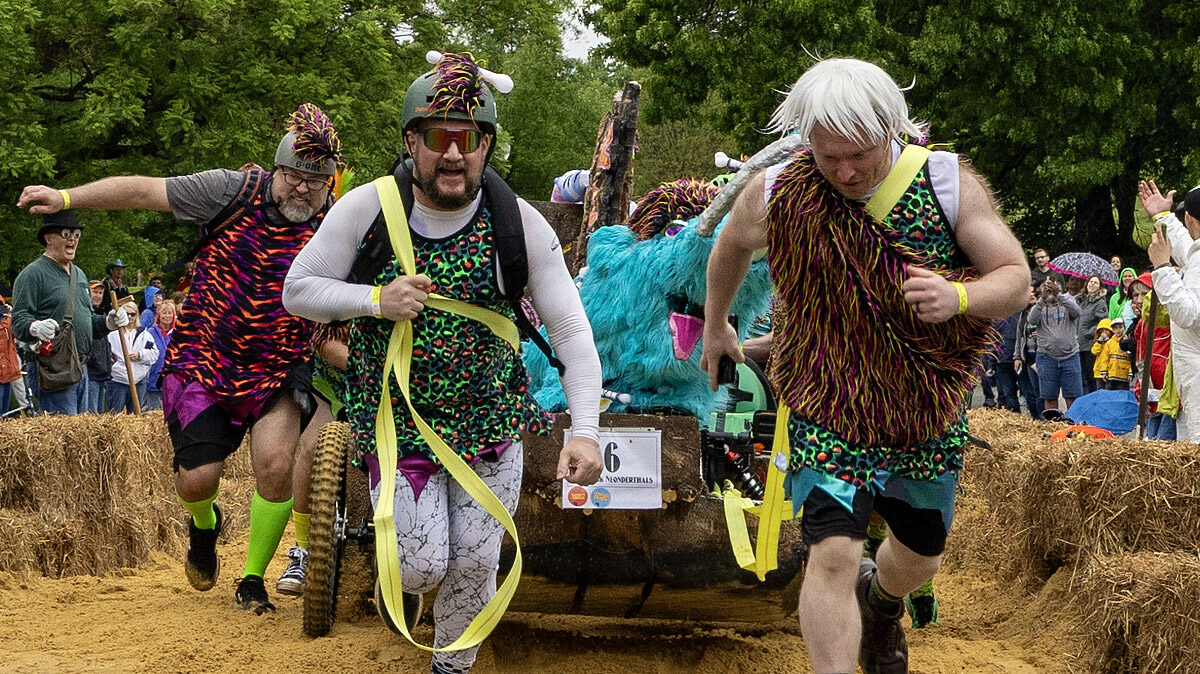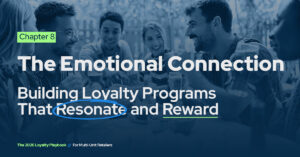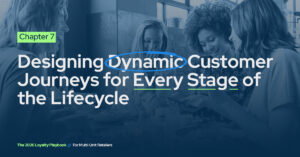What the Heck is The Kinetic Sculpture Race?
If you’re not familiar with the Baltimore Kinetic Sculpture race, you’re in for a treat. Across the country, the first weekend in May generally means cheering on some of the finest thoroughbred horses in The Race for the Roses, otherwise known as the Kentucky Derby. But the denizens of Baltimore, MD, take to the streets to cheer on homemade, human-powered amphibious works of art called Kinetic Sculptures.
The American Visionary Art Museum (AVAM) hosts this eight-hour and 15-mile spectacle called a “race.” Most anyone can understand why Baltimore residents prefer this cavalcade of human creativity to the supposed “Most Exciting 2 Minutes in Sports.” But city residents take solace knowing that they will host the brightest jewel in the Triple Crown, “The Race for the Black Eyed Susans” or The Preakness Stakes, just 2 weeks later. But this story isn’t about horse racing.
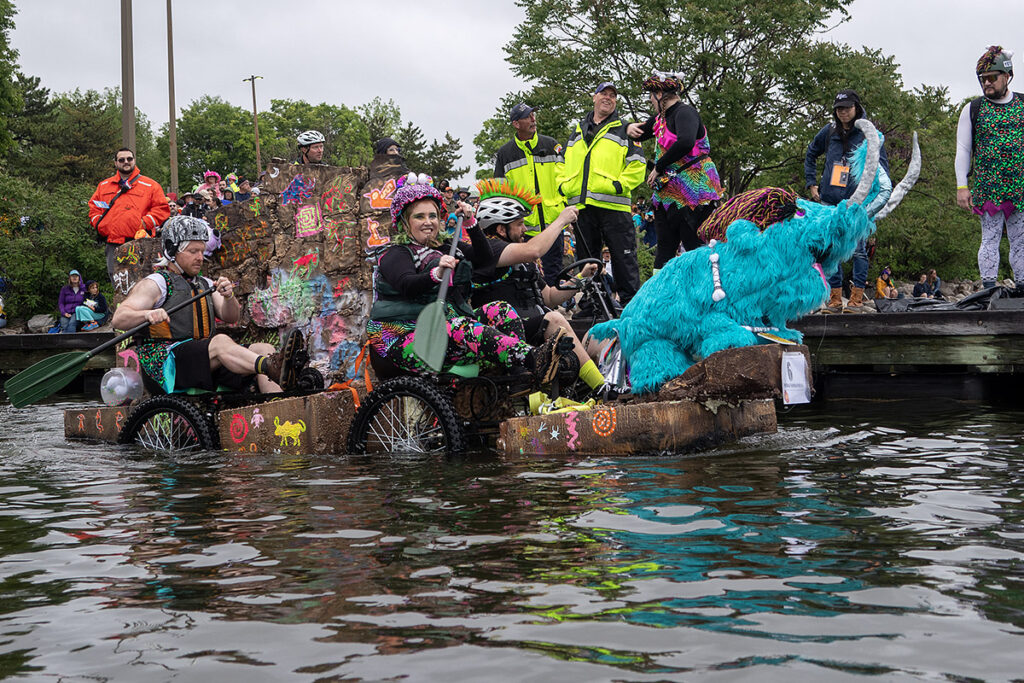
Lesson 1: The Finish Line Isn’t Always the Goal
Throughout the Kinetic Sculpture Race, just as in marketing, the milestones along the journey can become more important than the finish line itself. Let me explain:
Two years ago, the inspiration to build a kinetic sculpture came about when a friend was tearing down a gazebo in their backyard. After noticing that the gazebo’s steel foundation had the perfect properties to act as a frame for a kinetic sculpture, we got to work. Over the next few weeks, the foundation was outfitted with suspension from a go-kart, seats, dirt bike wheels, bicycle pedals, brakes, shifters, and finally, enough industrial strength foam to float the entire sculpture in the Baltimore Harbor. What resulted was an operable wheeled vehicle with a functioning human-powered drivetrain from the refuse of inoperable garbage.

Did we know yet if it had the structural integrity to last all 15 miles of the race, including traversing through obstacles such as sand, mud, and the Chesapeake Bay? Absolutely Not! But we could make it to the end of our street. Milestone achieved.
Similar to the first communication in a marketing campaign. Once sent, your customer engages with the message, clicking through to learn more about your brand or product, but leaves your site within 30 seconds without further engagement or purchasing. Still, we had achieved a milestone. This first send didn’t get your customer over the finish line to conversion, but it did get them to engage with your brand.
Was this even a significant milestone? No. But it’s an important one. This engagement shows that your message has connected with your target audience and that your campaign has an “operable vehicle” that might be able to get your customer over the finish line. Otherwise, your message did not create a connection.
Lesson 2: Even Failure Can be a Milestone
During our first test run, we broke an axle. We discovered that our drivetrain generated too much torque for the skinny axle we had picked, so we upgraded to a heftier axle and had a successful second test run. Milestone achieved— through testing and failure, we were able to identify design weaknesses and make a stronger, more robust vehicle.
Testing in marketing is just as pivotal for developing the strongest messaging for your campaign.Think about this scenario: A/B testing the hero image of the second message in a campaign. The results show that your customer connects better with the second hero image than with the one you initially launched— a milestone achieved.
Again, this is not a significant milestone, but yet another important one because now you have content that resonates better with your audience.
Lesson 3: Plan B is More Valuable Than Plan A
Race Day started off great until we attempted the first leg of the race, an 80-foot ascent up to the top of Federal Hill. Here, a different axle decided to give up the ghost. Despite the initial disappointment, adjustments were made to the riders, tow ropes were added, and we were able to pull the sculpture the rest of the way up Federal Hill and through the front half of the course.
Milestone achieved – despite an unforeseen hiccup, we successfully repaired the sculpture in a way that made it functionally viable to continue.
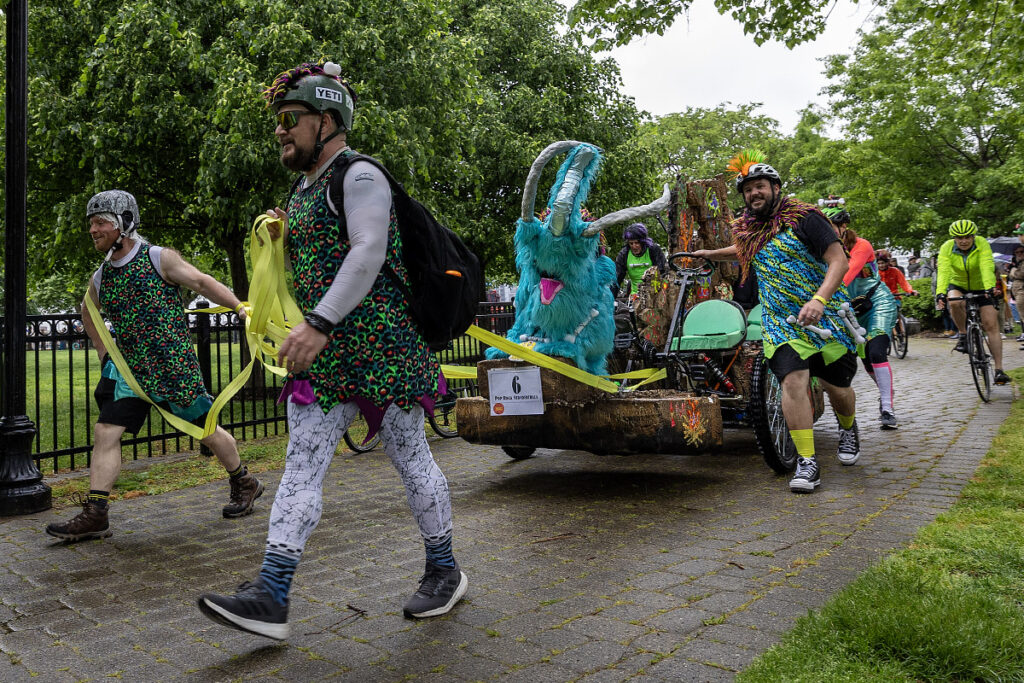
In marketing, even with the best planning and phenomenal launches, campaign results lag unexpectedly. For example, the fourth message in your journey is losing engagement, but the fifth message is gaining engagement. To explain this phenomenon, you launch some A/B testing. You determine that the audience responds better to the messaging when the messages are reversed, and so you switch them – a milestone achieved. And unlike the other, this is a deceptively large milestone; with your newly discovered messaging adjustment, your customers are now moving through your journey towards the finish line—conversion.
Lesson 4: The Journey is the Milestone
Our gazebo-framed, human-powered, amphibious kinetic sculpture didn’t finish the race. Despite all of our successful improvisations to keep our sculpture in the competition, we eventually faced a devastating mechanical failure, forcing us to drop out of the race. Even though our sculpture never saw the finish line, the milestones we achieved along the way became the goals we celebrated. So the next time you find yourself working on a journey or campaign, remember that the finish line isn’t always the goal. And that the milestones you or your customers achieve along the way are just as important as the finish line.

